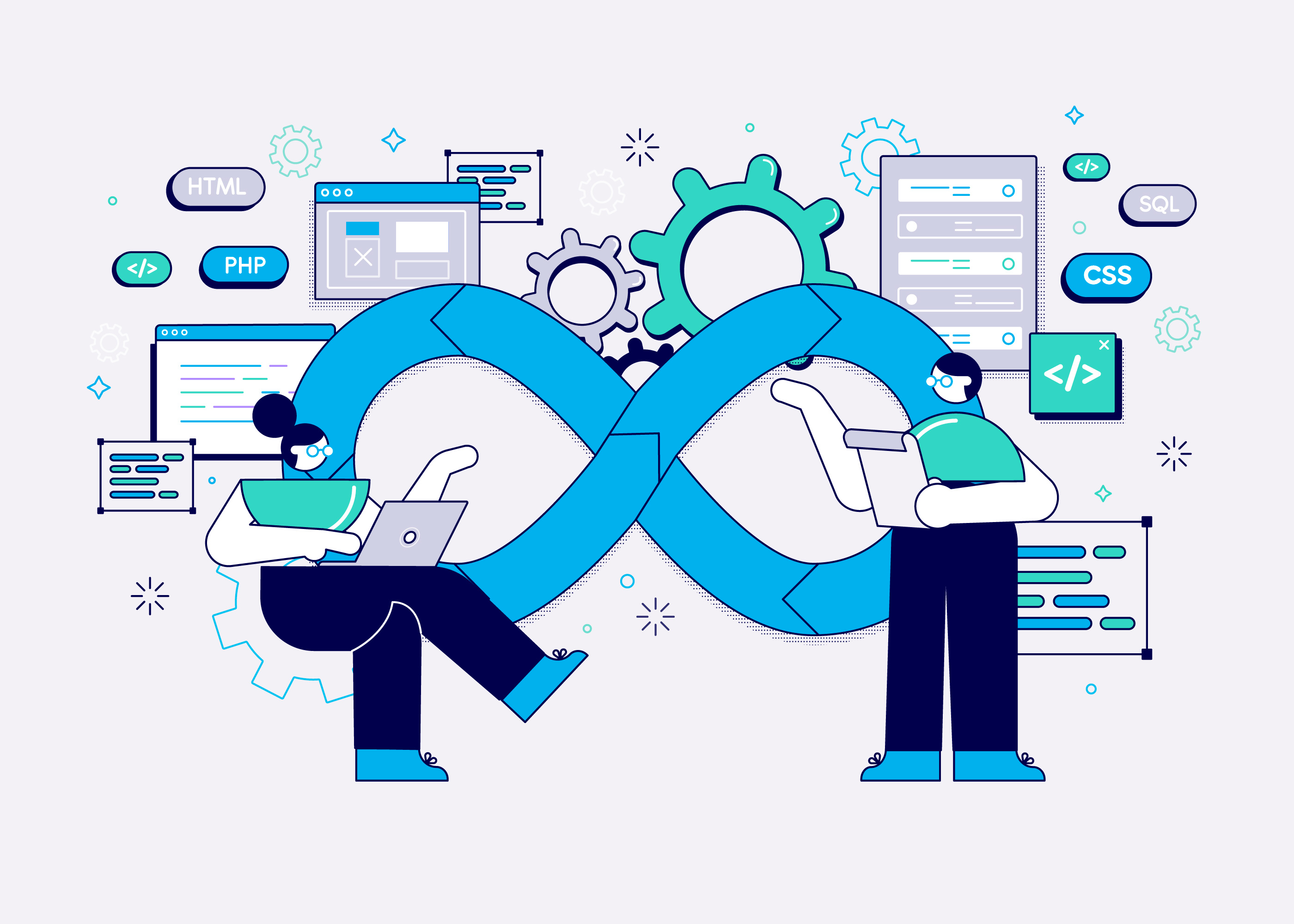


In the ever-evolving landscape of web design and web development, staying up-to-date with the latest trends and technologies is crucial for success. One such trend that has gained significant popularity in recent years is the use of microservices architecture. But what are microservices, and how are they used in web development? In this blog post, we will explore the concept of microservices and their role in modern web development.
Understanding Microservices
Microservices is an architectural style that structures an application as a collection of loosely coupled, independently deployable services. These services are designed to be small and focused on specific tasks or functionalities. Each microservice can run in its own process and communicate with others through APIs (Application Programming Interfaces).
This approach stands in contrast to the traditional monolithic architecture, where an entire application is built as a single, tightly integrated unit. Microservices offer several advantages, including scalability, flexibility, ease of maintenance, and the ability to use different programming languages and technologies for different services.
Here are some key characteristics and principles of microservices:
How Microservices Are Used in Web Development
Microservices have found a natural home in web development, and their adoption has reshaped the way web applications are designed, developed, and deployed. Here are some key ways microservices are used in web development:
With microservices, web applications are broken down into smaller, manageable pieces or services. Each service handles a specific aspect of the application's functionality, such as user authentication, database management, or content delivery. This modularity makes it easier to develop and maintain different parts of the application independently.
Microservices architecture allows for horizontal scalability, which means you can scale individual services as needed. This is especially important in web development when traffic to different parts of a website or application can vary greatly. You can allocate more resources to the services that need them without affecting the entire application.
Microservices enable developers to choose the best-suited technology stack for each service. This flexibility is invaluable when different services have unique requirements. For example, you can use Node.js for real-time chat functionality, Python for data processing, and Ruby on Rails for the user interface, all within the same application.
Developing and deploying microservices can be faster than working on monolithic applications. Smaller, focused teams can work on individual services concurrently, and each service can be deployed independently. This reduces bottlenecks in the development process and accelerates time-to-market.
Microservices are designed to be fault-tolerant. If one service fails, it does not bring down the entire application. This ensures that a localized issue in one part of the application does not disrupt the entire user experience.
Microservices are built to communicate with each other through APIs. This makes it easier to integrate third-party services or APIs into your web application. Whether it's payment gateways, social media integration, or external data sources, microservices make integration seamless.
Challenges of Microservices in Web Development
While microservices offer many benefits, they also come with challenges. Managing the complexity of multiple services, ensuring proper communication between them, and maintaining consistency can be demanding tasks. Proper monitoring, debugging, and version control are essential to successfully implement microservices in web development.
Conclusion
Microservices have become an integral part of modern web development, offering advantages in terms of modularity, scalability, technology diversity, and more. However, adopting microservices should be a well-thought-out decision, considering the specific needs of your project. When used effectively, microservices can lead to more robust, flexible, and scalable web applications that can better meet the ever-changing demands of the digital world.
